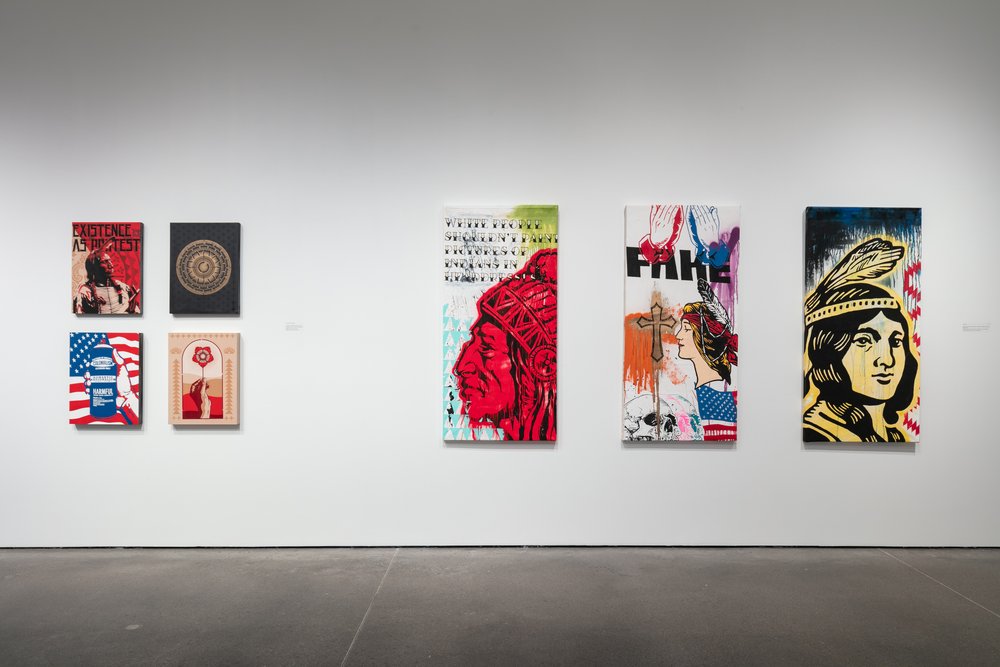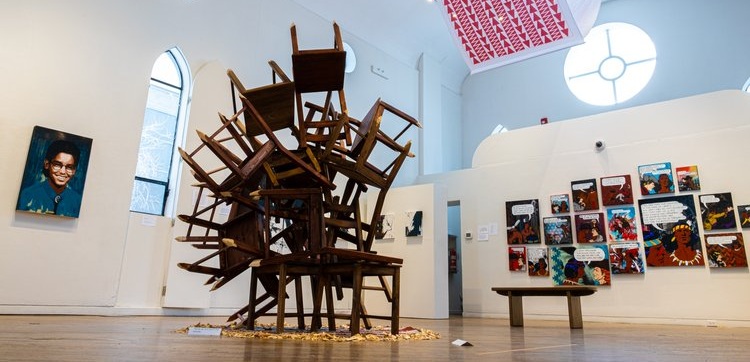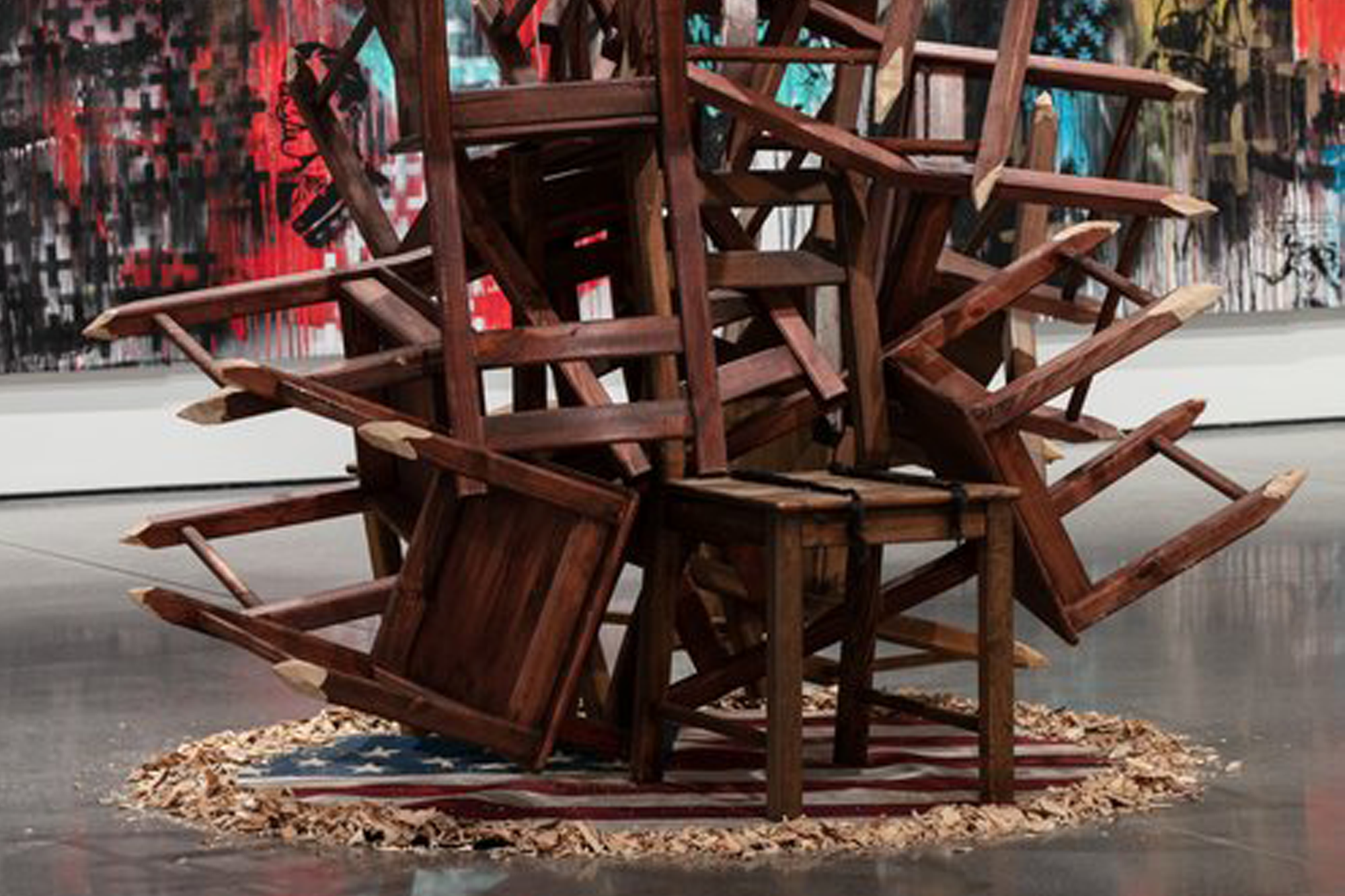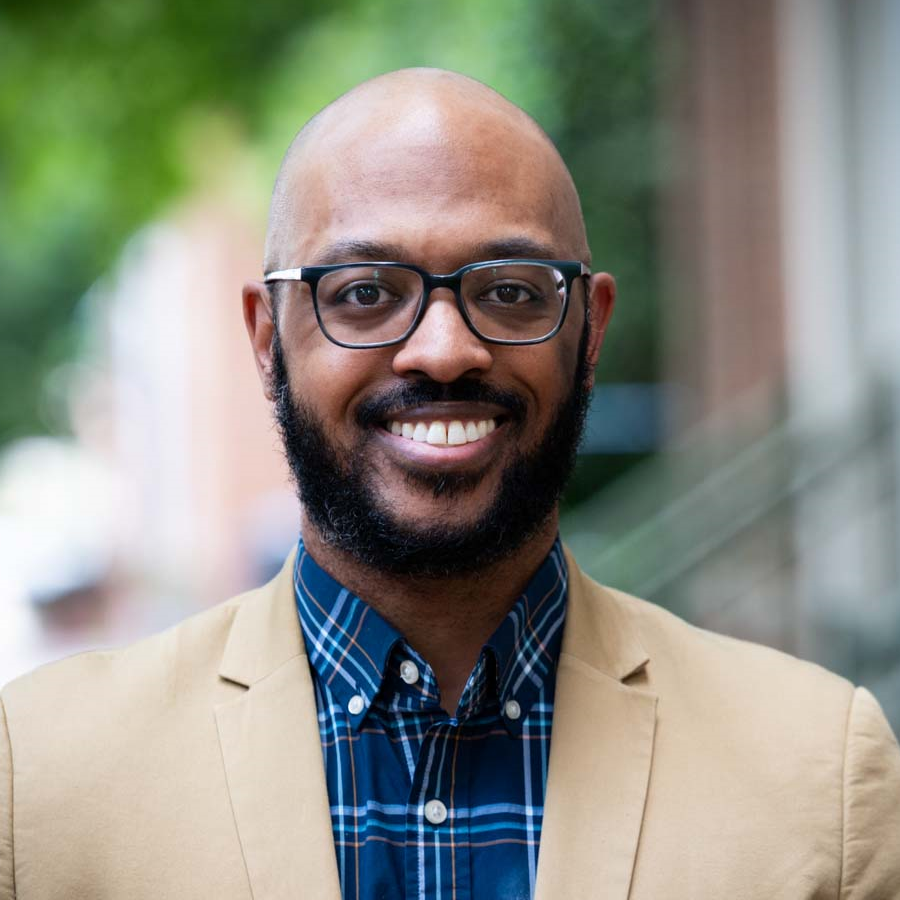It’s so often said that hindsight is 20/20, the sentiment being that looking backwards gifts an automatic gift of clarity. However, when it comes to history, particularly American history, this notion often fails us. The more I learn about history from various perspectives, the more I realize how much we don’t know, and how much it complicates – rather than clarifies – our understanding of our past.
Textbooks often gloss over the atrocities that shaped this country, simplifying or omitting the sordid parts of the past. Processing all the reasons why we choose to hide these aspects of our history can be an overwhelming experience. Yet, it is important to confront these uncomfortable truths. Despite the difficulty of holding these thoughts and reasons in our minds daily, it is necessary, especially in the context of our present reality, to engage in this level of self-reflection.
As an individual whose personal history is tied to this country’s sordid past, I recognize that when it comes to brutally painful events, survivors have more options than to simply remember these tragedies with melancholy. Rather, survivors can provide for others a fuller perspective of the consequences of those tragedies, many of which still linger, from legislative to interpersonal. That’s why I not only enjoyed Gregg Deal’s plenary presentation of the power of disruption through art, but found it so impactful.
Deal is a writer, artist, musician, and self-described disruptor. That last title is significant, as being a disruptor can encompass an array of actions and activities. While speaking at our annual conference in Oghá P’o’oge (Santa Fe, New Mexico), Deal disrupted the accustomed comfort of non-Indigenous people.
He achieved this by simply, yet passionately, telling his story. He detailed the clash between his culture – rooted in rich, expansive and deep Native beliefs, rituals, and practices – and Americana. Classic illustrations and imagery that represent the triumphs of American life were forced to share a canvas with representations of the brutality Americana artistry erases in favor of patriotic myths.

Images of Americana hold significance because of who has been able to define its meaning for the broader population. In Deal’s work we were forced to see those same images from the inverse perspective, and in doing so they elicited a new range of emotions for the viewer to ponder and process. There was discomfort and sadness, our course, but there was also a sense of shame.
Although no one alive today bears direct responsibility for the brutality that killed and displaced Native Americans across this country, we live in its aftermath. From erasure to unawareness to discomfort to the helpless question of ‘What can I even do about it?’, we are faced with the responsibility of deciding our response, and whether to examine the deep-rooted lessons and ideals from which our initial responses grow.
What Deal presented us with was a less conventional choice: he would decide for us.

Deal’s decision to confront uncomfortable truths through his art gave us no choice but to avoid seeing the world through America’s broadly taught perspectives. One piece that deeply resonated with me appeared, at first glance, as an abstract stacking of wooden school chairs. It was striking to see these symbols of childhood crudely and chaotically assembled. However, even more disturbing, is that upon closer inspection, you see that Deal has made the choice to sharpen the chair legs into weaponized points.
This stark juxtaposition of childhood imagery to chaos and violence forces the contemplation of a harsh reality: that these schools, often run by religious organizations, sought to “Kill the Indian, to Save the Man” mirror modern Evangelical conversion camps, aiming to ‘deprogram’ individuals and conform them to dominant societal norms. Thus, Deal’s work uses chilling revelations to challenge us to confront the darker chapters of our history hidden beneath seemingly innocent symbols of education and progress.
Before drawing us closer to the piece, Deal recounts how one of the initial acts of violence perpetrated against Native children in this process of forced assimilation was the severing of their braids – both a physical and symbolic gesture of erasure. Deal then took us deeper inside the piece to reveal three braids hidden within the chaotic violence of the structure. We learn that one belongs to Deal and the other two are from his own children.
I found myself contemplating what he may have experienced when assembling the piece. I can only imagine the horror he felt while not only severing his braid, but also his children’s. The mental detours he must have navigated, attempting to reconcile the irreconcilable, and how harsh it must have felt to know that there was no other path. And yet, despite his internal struggles, he embarked on the painful process of removing the braids, confronting the brutal reality of history with each snip of the scissors that permanently connected his lineage to this potent symbol of violence.
Art is a broad term, with broad scopes. Some art is pleasing, some disturbing, some curious, some poignant. In Deal’s presentation, we got to see from a perspective that dominant society has sought to eliminate. We also got to do so through the profound lens of art, delving beyond mere dissenting opinions to embark on a genuine exploration of trauma, hurt, disgust, and angst.
Yet, amidst these painful reflections, there was also room for pride, and even a reimagining of what Indigenous culture might look like today if these atrocities never occurred, and if today’s Native people didn’t carry the weight of these historical atrocities. I was thankful that in that room, and on that land, we, for a brief moment, looked at history with something much closer to 20/20 vision.


